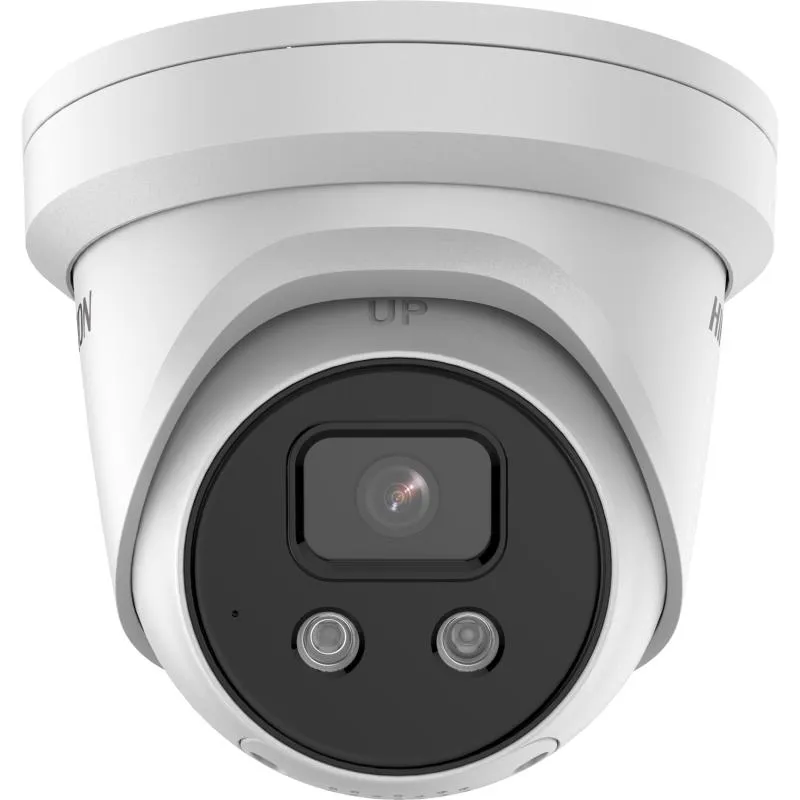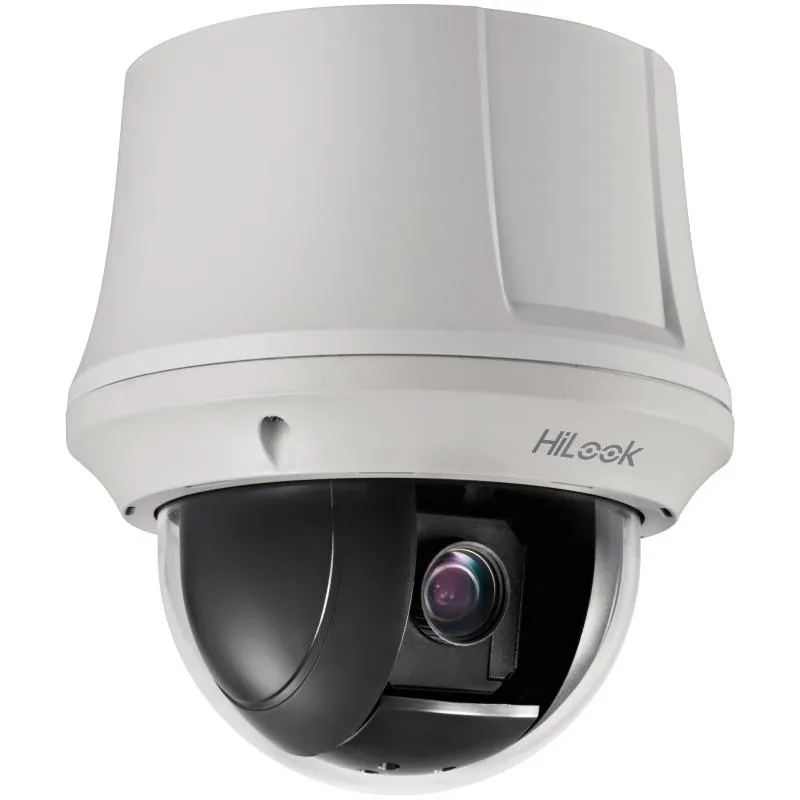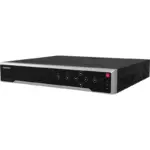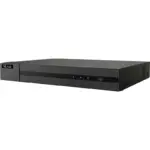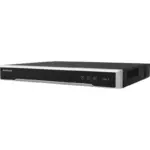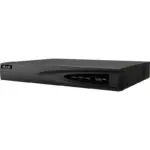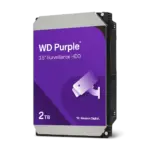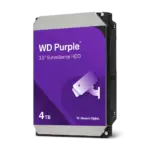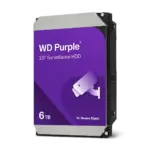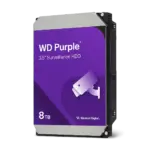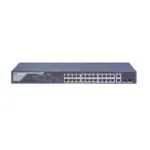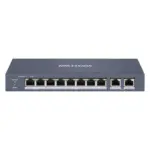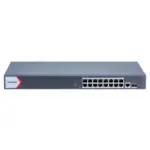Australia CCTV Purchase Guide
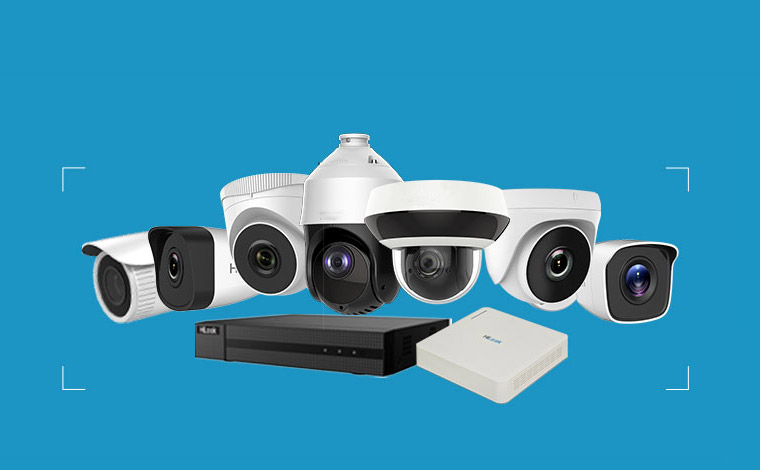
This guide is tailored to the Australian market, breaking down key decision points with clear logic:
- IP Cameras: Explains advantages like high-definition imaging, PoE power supply, and smart analytics.
- Scenario Adaptation: Recommends resolutions, camera types (dome/bullet/turret), and night vision solutions (e.g., Hikvision ColorVu, Dahua TiOC Full-Color technology) for homes to businesses.
- Brand Comparison: Hikvision (premium reliability), HiLook (budget-friendly), Dahua (innovative and cost-effective).
- Configuration Solutions: Provides storage, NVR, and feature combination suggestions for homes, shops, large properties, and commercial settings.
1. IP Cameras: The Modern Standard
IP cameras have become the mainstream choice for modern surveillance, offering higher resolution, clearer images, and richer details compared to traditional analog cameras. They support advanced smart features (e.g., motion detection, AI analytics), easier installation with PoE technology, and better integration with cloud systems. IP systems also provide enhanced data security, making them a future-proof investment.
2. Indoor vs. Outdoor Cameras
- Outdoor Cameras: Built to withstand harsh weather (rain, dust, extreme temperatures) with high protection ratings (IP65/IP66/IP67). Features include durable housing, powerful infrared/color night vision, and long-range monitoring.
- Indoor Cameras: Compact and discreet designs, optimized for blending into indoor environments. Often include wide-angle lenses and features like two-way audio.
3. Recommended Resolutions & Applications
- 4MP (2688 x 1520): Ideal for homes and small businesses (e.g., monitoring front/backyards, garages, or retail counters). Balances detail and storage efficiency.
- 6MP (3072 x 2048): Suitable for mid-sized properties requiring precise identification (e.g., large yards, office entrances, or retail displays).
- 8MP (4K, 3840 x 2160): Best for critical areas (e.g., commercial sites, license plate recognition). Note: Higher resolutions demand more storage and bandwidth.
4. Color Night Vision Technology
- Hikvision ColorVu: Uses F1.0 aperture lenses and high-performance sensors for 24/7 full-color imaging. Featured in Value Express, AcuSense, and ColorVu series.
- Dahua Full-Color: Combines starlight sensors and warm LEDs for vivid low-light footage. Found in TiOC series.
5. AI Detection: Human & Vehicle Recognition
- Hikvision AcuSense: Integrates deep learning to distinguish humans/vehicles, reducing false alarms (e.g., animals or foliage). Widely used in Hikvision’s smart camera lines.
- Dahua WizSense: AI-driven motion detection for accurate classification. Often paired with full-color night vision and active deterrence features.
6. Audio & Light Alarm Functions
Triggers sirens and strobes to deter intruders upon detecting threats. Customizable alerts (e.g., pre-recorded messages) enhance proactive security.
- Hikvision: Available in AcuSense and ColorVu series (e.g., models with “Live Guard” or “-ISU/SL” suffixes).
- Dahua: Integrated into TiOC series (combines alarms, color night vision, and two-way audio).
7. Camera Selection by Use Case
- Homes: 4MP cameras with color night vision; mix dome (indoor) and bullet (outdoor) types for entryways and vulnerable zones.
- Small Businesses: 6MP/8MP outdoor cameras with weatherproofing and smart detection (e.g., AcuSense/WizSense).
- Large Properties: Hybrid resolutions (4MP/6MP) and PTZ cameras for wide coverage.
- Commercial Sites: 8MP+ cameras with facial recognition, line-crossing detection, and active deterrence (e.g., Hikvision ColorVu or Dahua TiOC).
8. Camera Types & Applications
- Dome Cameras: Discreet, vandal-resistant design (indoor/outdoor use).
- Bullet Cameras: Visible deterrents for long-range outdoor monitoring.
- Turret Cameras: Flexible angle adjustment, superior night vision, and weather resistance.
9. Power & Connectivity Options
- PoE: Single Ethernet cable for power and data—reliable and easy to install.
- WiFi: Wireless flexibility but prone to interference.
- Solar/4G/5G: For remote areas (higher costs and dependency on sunlight/signal).
10. NVR Selection Guide
- Channels: Match NVR channels to camera count (e.g., 4-8 cameras → 8-channel NVR).
- Bandwidth: Ensure compatibility with camera resolutions (e.g., 8MP requires higher bandwidth).
- Storage: 2-4TB for 4MP systems; 8TB+ for 8MP or commercial setups.
11. Brand Comparison
- Hikvision: Premium quality, extensive product lines, strong after-sales support.
- HiLook: Budget-friendly alternative under Hikvision.
- Dahua: Competitive pricing with innovative features (e.g., TiOC series).
12. Recommended Packages
- Homes:
- Basic: 4x4MP PoE kit (HiLook/Hikvision/Dahua) + 2TB NVR.
- Mid-range: 4-6MP ColorVu cameras + 4TB NVR.
- Small Businesses:
- 6x6MP outdoor cameras (AcuSense/WizSense) + 8-channel NVR.
- 4x8MP TiOC cameras (active deterrence) + 8TB storage.
- Commercial:
- 16x8MP cameras (ColorVu/TiOC) + 16-channel NVR (12TB+ storage).
Conclusion
Select a CCTV system tailored to your needs. Prioritize resolution, smart features (e.g., color night vision, AI detection), and a compatible NVR. While DIY installation suits simple setups, professional installation is advised for complex systems. Choose reputable brands like Hikvision or Dahua for reliability and long-term security.







 TP-Link VIGI
TP-Link VIGI
